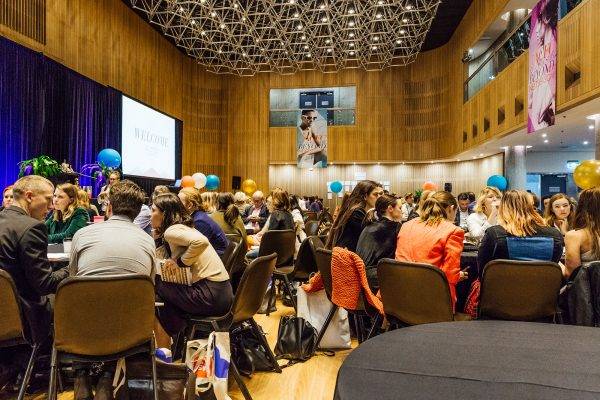I’ve never been more awe-inspired by fashion than the time I stood and watched a handloom in action in rural Myanmar.
The way the artisan danced through the steps, her body flowing so fluidly, her hands knowing each and every intricate step as if it were her breath. I could have existed in that moment for hours.
Truth is, I hadn’t revisited this moment until I attended a breakfast event during Melbourne Fashion Festival and discovered Artisans of Fashion, a social enterprise founded in 2012 by Cloth & Co founder Caroline Poiner.
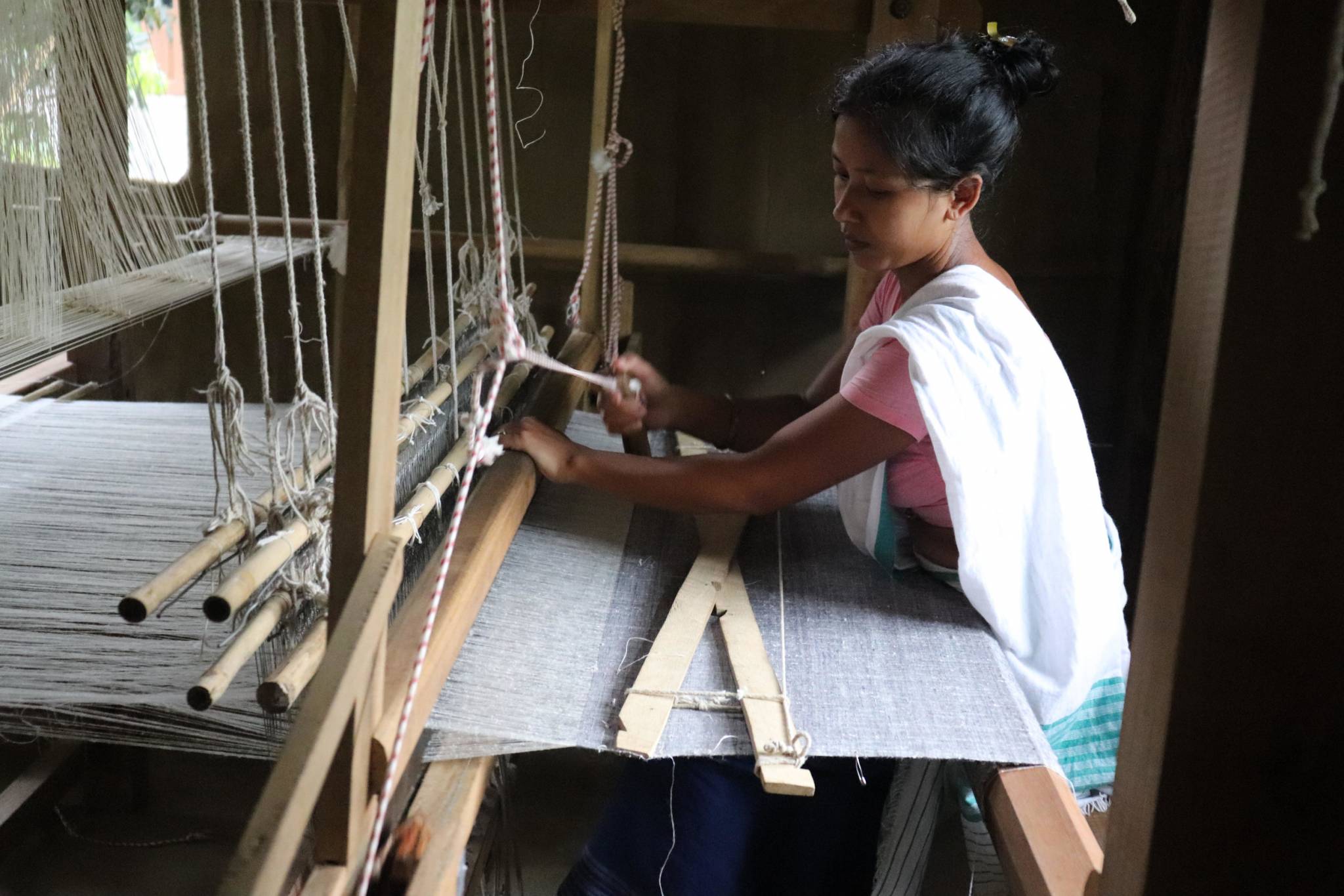
Artisans of Fashion aims to promote cultural sustainability, authenticity and social change for village artisans in India. They focus on empowering women and marginalised communities who have little access to alternative sources of income.
They work with some big name Australian fashion designers such as KITX, Romance Was Born, and Zimmermann to bring age-old techniques and artisan skills to modern designs, embracing the concept of co-creation in fashion.
Caroline sat on the breakfast panel lead by Vogue’s Sustainability Editor, Clare Press, discussing global issues around sustainability in fashion, the relevance of artisanally made textiles from India, and the impact of the fast fashion industry.
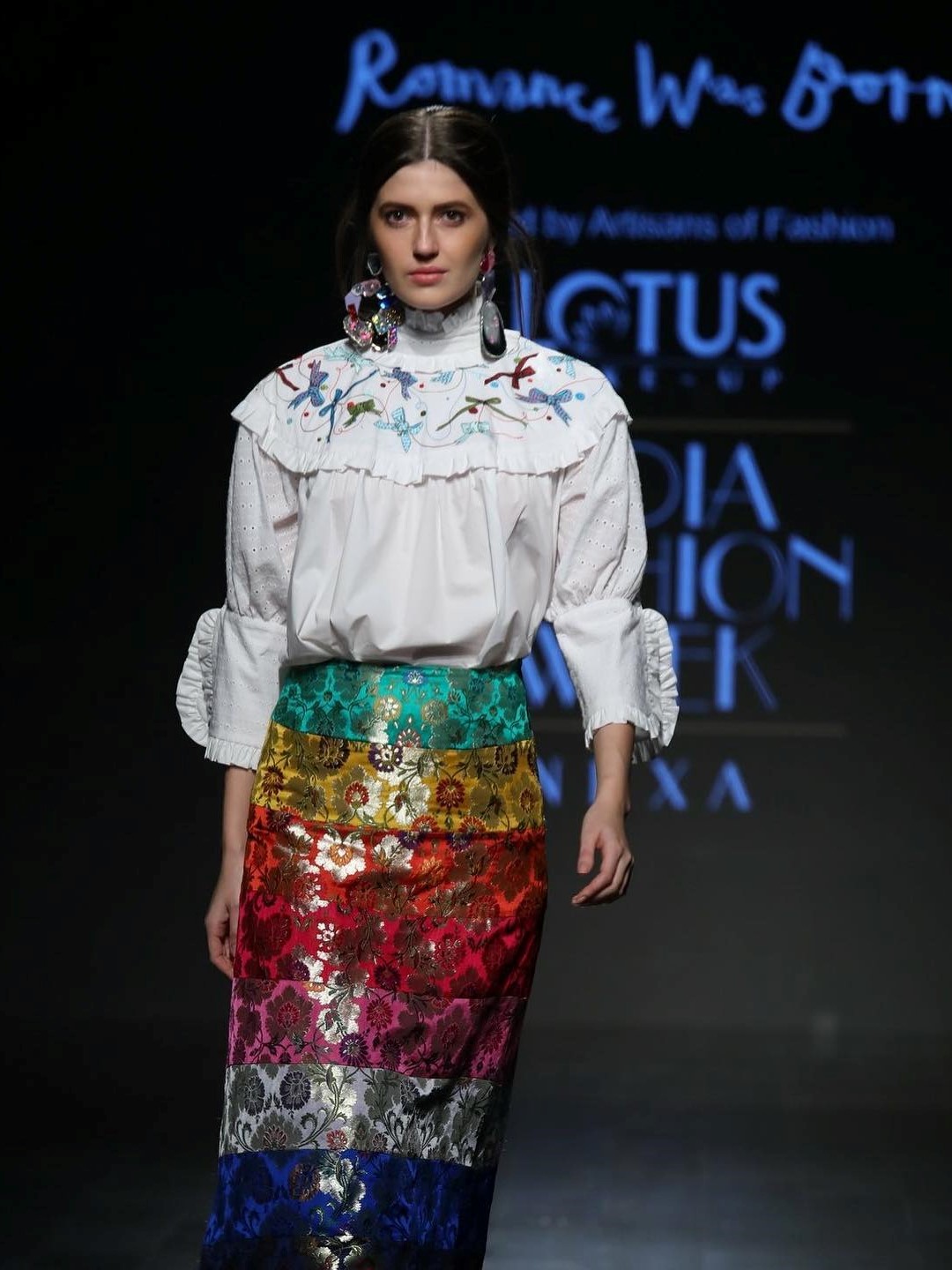
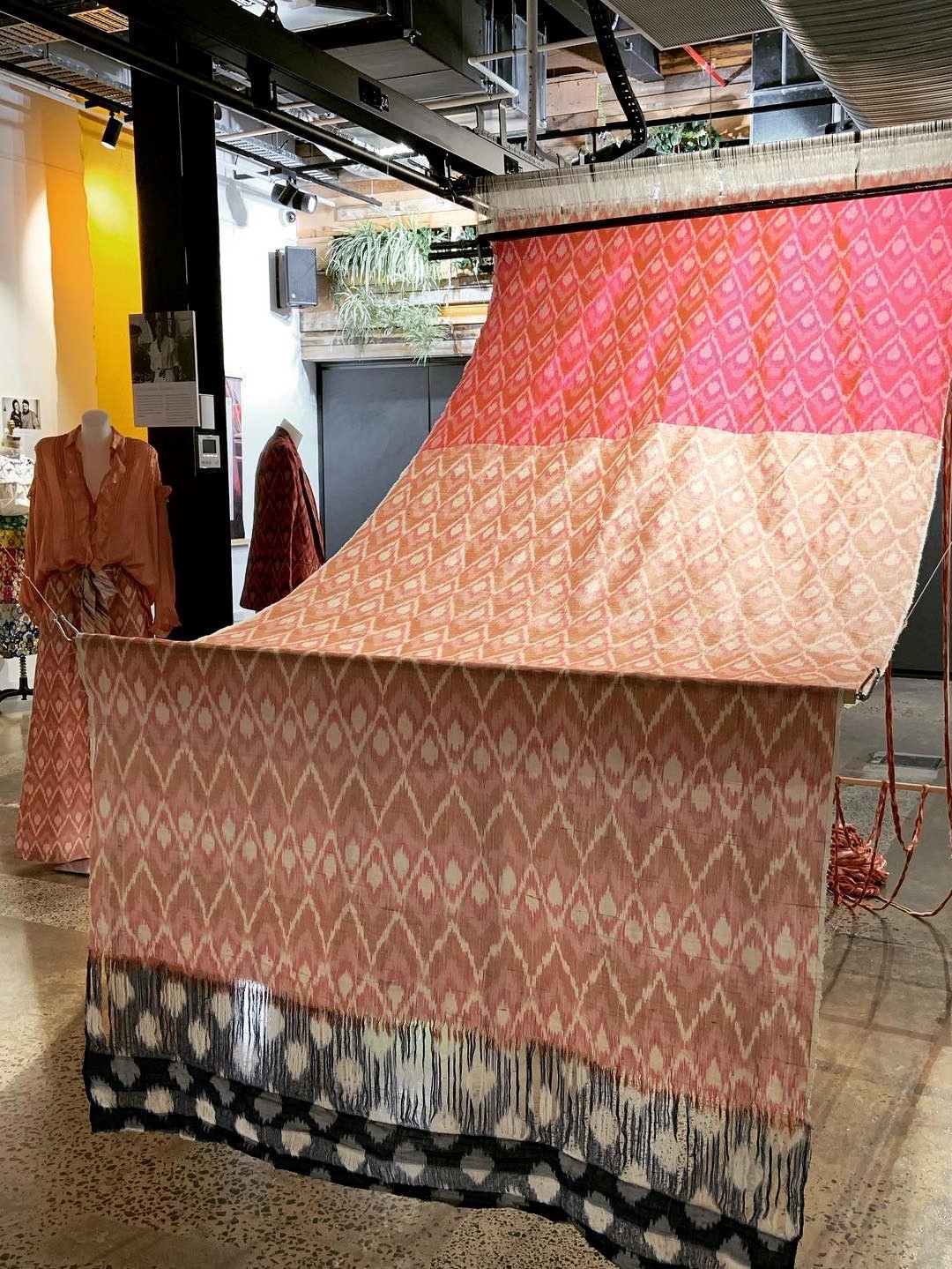
Above left: Romance was Born. Above right: Loom display at LCI Melbourne
Through listening to the panel discussions and my own research, I’m learning just how important the connection between artisanal communities and the global fashion industry really is. As a shopper, consumer, and wearer of clothes, I previously wasn’t aware of the immense impact of my fabric choices.
It’s not often we’re challenged to think about where our fabrics were made or consider the hands who made them. But we rely on these fibers to be sheltered, fashionable, and comfortable. They’re part of our identity. Shouldn’t they be something we care deeply about?
“Artisans of Fashion aims to protect artisan traditions, respecting cultural heritage and techniques while developing technology and global networks to support co-creation with designers and help communities adapt to a modern market. We tell the stories, taking a deep dive into the process and the extraordinary skills and sharing them with the end consumer. We’re on a mission to build a stronger connection between the fashion industry and traditional artisan communities helping fashion to become more environmentally and economically sustainable.”
Artisans of Fashion inspire us to go beyond the traditional ‘Who Made My Clothes’ and challenges us to start asking the question, ‘Who made my fabric?’ They bridge the gap between designers and artisans, to enable artisans to have a purposeful and fulfilling means of income.
I had the pleasure of asking Caroline why Artisans of Fashion exist, their biggest battles, and what the future of artisanally made textiles is heading.
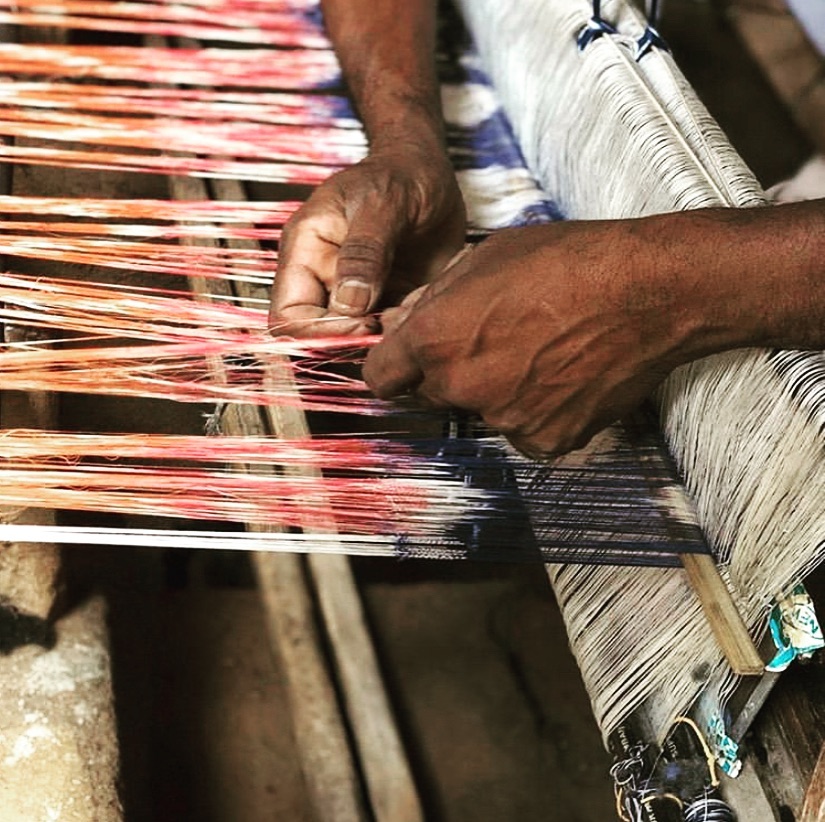
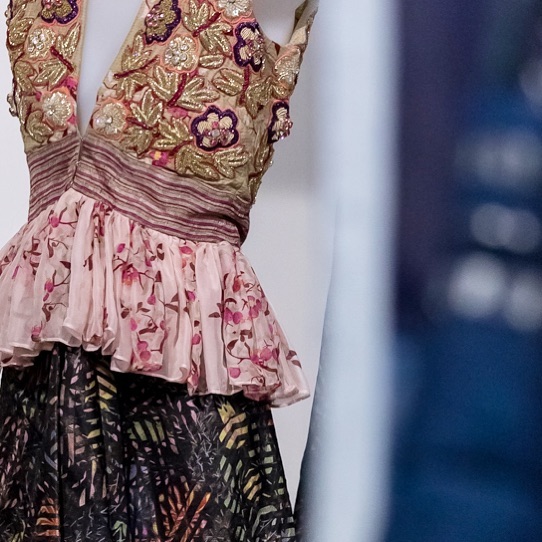
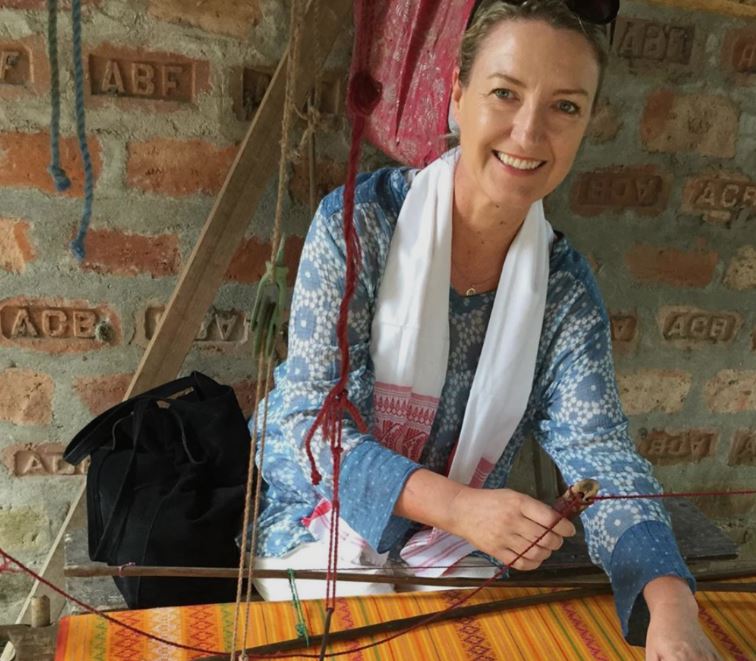
Do you believe artisan-made textiles are rising in popularity?
Like organic food, craft beers, and artisan breads, there is a global appetite for textiles that are created ethically and with provenance that is culturally rich. There is a general desire for the unique and the beautifully imperfect that only handcrafted textiles can offer.
Why choose handloom textiles over industrialised textile mills?
From a practical perspective, a lot of designers are of a scale that creating a unique textile is impossible with industrialised textile mills. With handloom, flexible minimums provide access to smaller scale production for original designs. From a customer and brand perspective, textile traceability and provenance are significant aspects of transparency. We can offer that to the customer, as well as inspiring stories of cultural authenticity and positive social impact by working with these communities.
From an environmental perspective, handloom uses no electricity and has no emissions. In terms of the social impact, the production of hand-loomed textiles employs up to 9 times more people to produce the same amount of fabric. Whole communities can thrive from their traditional craft when handloom textiles are chosen over industrialised textile mills.
What is the best way the average consumer can support artisan-made textiles and keep them alive?
Artisan textiles touch a chord within people. There is an increase in interest and awareness around hand-craft and artisanal textiles, where people are looking for unique and soulful products rather than face the deluge of the mass produced. Telling the story about the provenance, the cultural significance, and how it was made is important; that is where Artisans of Fashion can add the most value.
When there is a story to tell, people engage, and it brings a whole other meaning to a garment; an intangible that adds so much value. The best way to support artisan-made textiles is to support designers who are working with artisans. Look for special pieces that are hand made or have handcrafted components. Talk about the origins, and as they say, be curious and ask questions.
I now remember my experience watching the skilled artisan in Myanmar so differently. That woman was not crafting for the enjoyment of tourists like me, she was creating for her livelihood, her family, her food and her shelter. The fabric was made with consideration and love, in a way that few people remember; perhaps a unique method passed down by her ancestors. I’ll never again look at fabric the same way.
What quote could be more relevant to leave you with than words from Gandhi himself… “There is no beauty in the finest cloth if it makes hunger and unhappiness” – Mahatma Gandhi.


